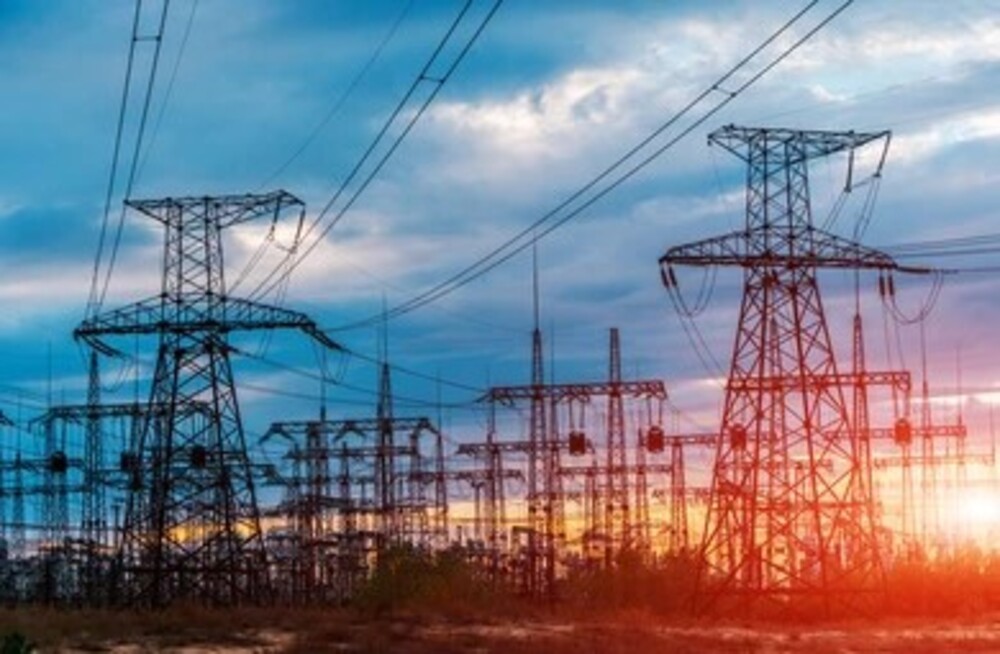The International Energy Agency predicted on Wednesday that over the next three years, nuclear electricity will account for the majority of the expansion in the world power supply. Renewable energy is also on the rise. It will reduce the impact of increased energy use emissions.
According to IEA director Faith Birol, the good news is that nuclear and renewable energy is expanding swiftly enough to supply nearly all of this additional demand, suggesting that we are approaching a tipping point for emissions in the power sector.
Renewable energy will push harder on a dirty one
In the balance of energy production, wind, and solar should increase from 29% in 2022 to 35% in 2025 according to the expectations.
The analysis predicted that the increase in worldwide power demand will increase by one percentage point from 2022 to an average of 3% over the next three years, or 29,281 terawatt-hours (TWh), or treble the consumption of Japan at the moment.
As heatwaves in India led to the biggest peak power demand in the nation’s history and summer droughts limited hydropower supplies in Europe, the IEA connected the increase in the world’s energy consumption to climate change, highlighting the need for more renewable energy.
Asia to see the biggest rise in renewable energy sources
Predictions are that with an average annual growth rate of 11.6%, the Asia-Pacific area will experience the biggest increases in the use of renewable energy, followed by Europe and the Americas.
According to the analysis, Asia will also account for the majority of the demand growth, with over 70% of it coming from China, India, and south-east Asia, however, trends in China are questionable.
Nuclear energy experiences the highest rate in the Middle East
Also, the IEA’s predictions are that up to 2025, nuclear supply will rise by 3.6% annually, with the Middle East experiencing the highest growth rate—24.5%, from 26 to 50 TWh—followed by Asia Pacific and Europe, which had average annual growth rates of 6.6% and 4.2%, respectively.
Gas-fired power plant output in Europe according to expectations will decline, but the Middle East’s considerable increase in gas-fired output probably will keep the decline in check, according to the report.
Gas electricity in Europe is switching to the renewable energy
According to the IEA, gas-fired electricity generation in Europe will decline from 822 TWh in 2022 to 581 TWh in the following three years, a 29% decrease, and emissions will drop from 1,023 Mt of CO2 to 763 Mt CO2, a 10% annual decrease.
IEA expects Middle Eastern gas production to increase from 973 TWh in 2022 to 1,094 TWh in 2025, an increase of 12.4%, even while emissions probably will decrease by 14 Mt CO2 over the same time period, an increase of 1.9%. This is due to expectations that coal power’s contribution will reduce to barely 4 TWh.

